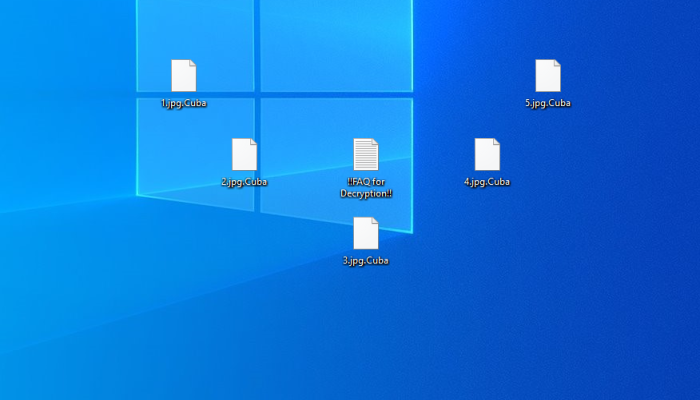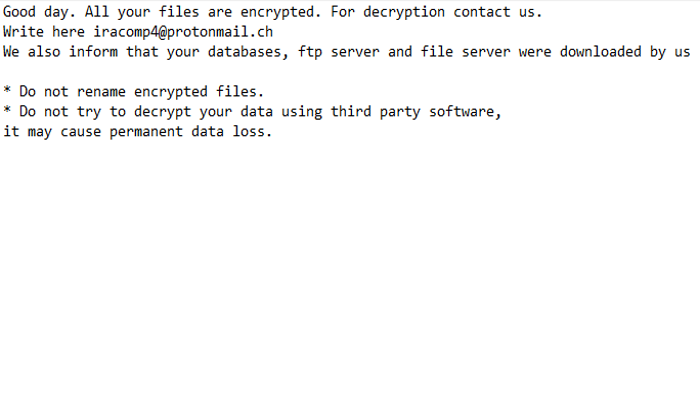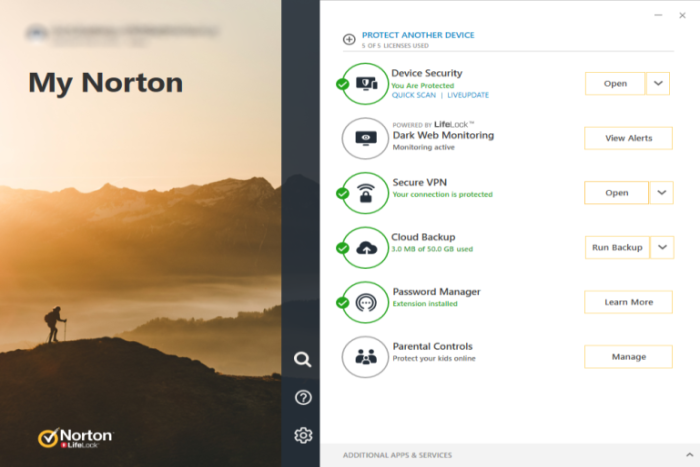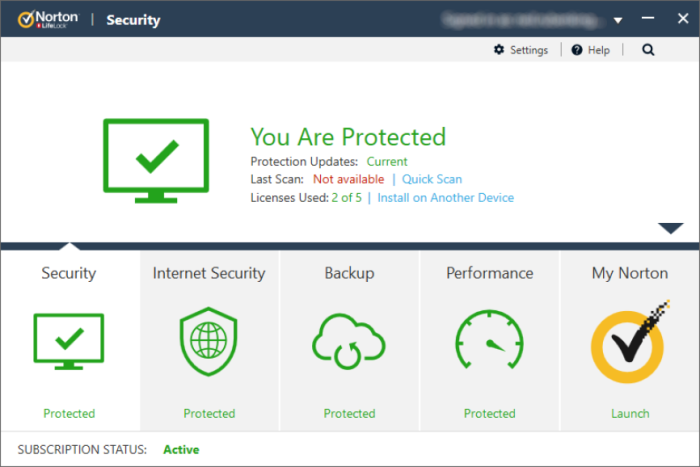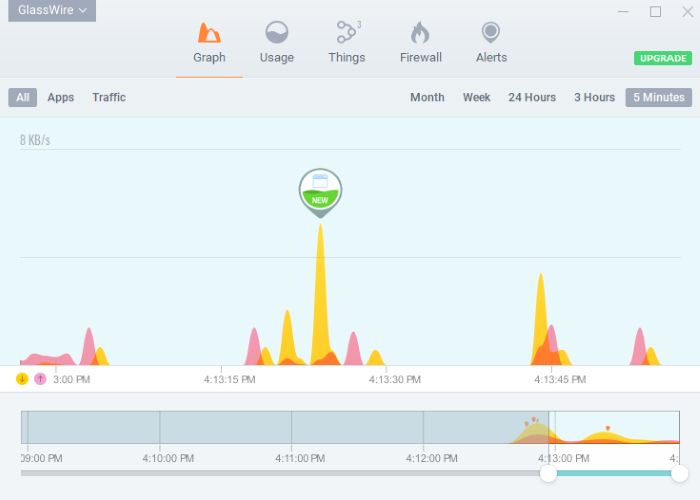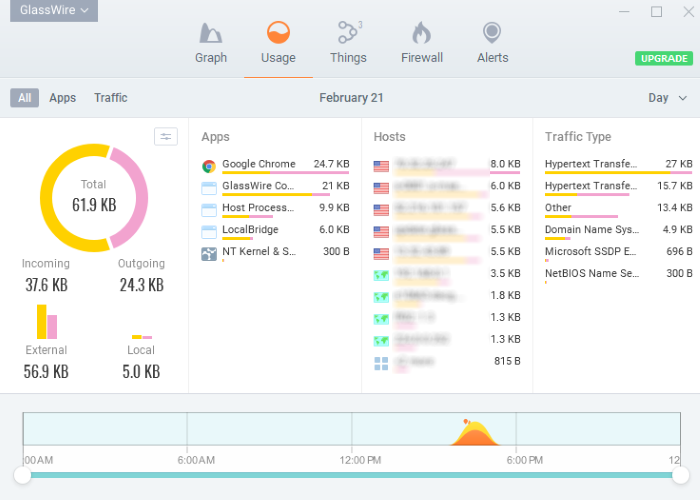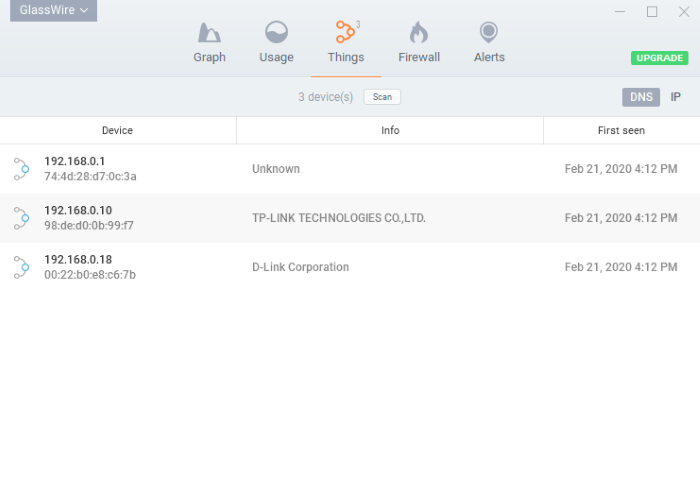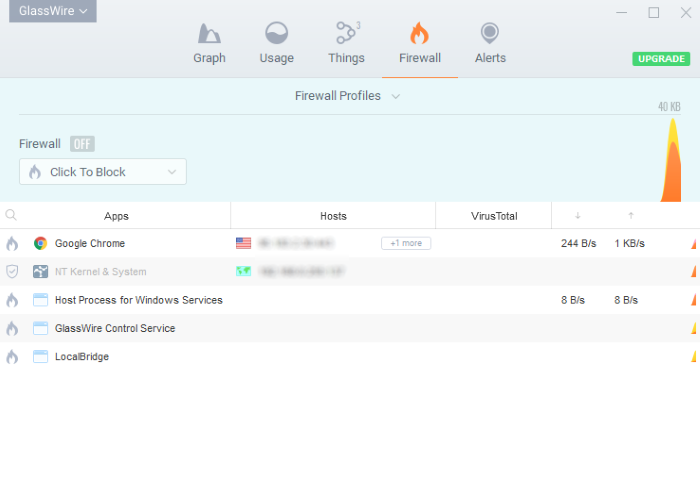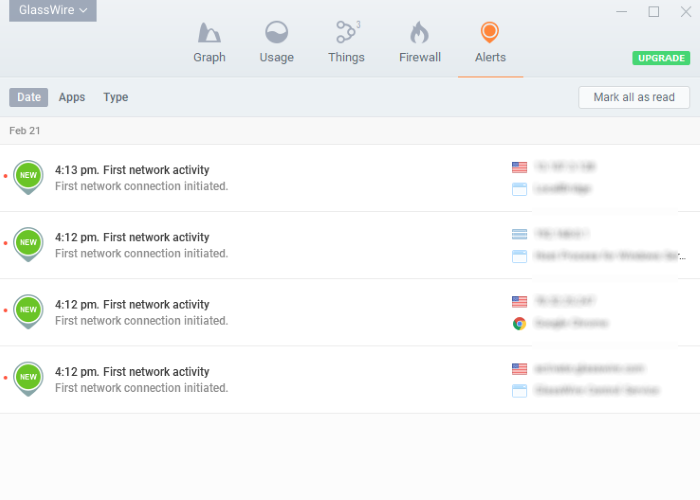What is Cuba?
Nowadays the most of people spend the greater part of a day on the internet due to the pandemic of coronavirus. Nearly everyone keeps the memories on the computer or important files for a job, so it’s a great opportunity for hackers to make money. So if you notice that the extension of your files have been changed to “.Cuba” ones after surfing the internet, your computer is infected with Cuba virus. This virus can be classified as file-encryption ransomware virus and it doesn’t belong to any already known family. As the rule hackers spread this virus by the means of fake installers promoted by deceptive websites. It’s obvious that both the site and installer in this case looks like the originals, so it’s easy to become deceived. However, sometimes hackers inject the code of the virus into regular Microsoft office documents and send them by email. Once such a file is opened, the operating system immediately executes the code of the virus and it sneaks into the system. When Cuba ransomware gets into the system, it changes some registry keys and then their values. Later it infects system processes by the means of which it encrypts the files. AS the result of this process, the files get new “.Cuba” extensions. At the end it drops the ransom note called “!!FAQ for Decryption!!.txt”. By the means of such notes, hackers try to deceive victims to purchase the decryption tool, promoted by hackers. Unfortunately, at the present moment, the surest way to decrypt “.Cuba” files is to get this decryption tool. In the most cases, hackers just ignore their victims, after being paid. But still, there are ways out. In order to help you, we’ve prepared the detailed guide on how to remove Cuba ransomware and decrypt “.Cuba” files without paying ransoms.
!!FAQ for Decryption!!.txt
Good day. All your files are encrypted. For decryption contact us.
Write here iracomp4@protonmail.ch
We also inform that your databases, ftp server and file server were downloaded by us to our servers.
* Do not rename encrypted files.
* Do not try to decrypt your data using third party software,
it may cause permanent data loss.
Article’s Guide
- How to remove Cuba ransomware from your computer
- Automatically remove Cuba ransomware
- Manually remove Cuba ransomware
- How to decrypt .Cuba files
- Automatically decrypt .Cuba files
- Manually decrypt .Cuba files
- How to prevent ransomware attacks
- Remove Cuba ransomware and decrypt .Cuba files with our help
How to remove Cuba ransomware from your computer?
Every day ransomware viruses change as well as their folders, executable files and the processes, which they use. For this reason it’s difficult to detect the virus yourself. That’s why we’ve prepared the detailed guide for you on how to remove Cuba ransomware from your computer!
Automatically remove Cuba ransomware
We strongly recommend you to use automated solution, as it can scan all the hard drive, ongoing processes and registry keys. It will mitigate the risks of the wrong installation and will definitely remove Cuba ransomware from your computer with all of its leftovers and register files. Moreover, it will protect your computer from future attacks.
Our choice is Norton 360 . Norton 360 scans your computer and detects various threats like Cuba virus, then removes it with all of the related malicious files, folders and malicious registry keys. Moreover, it has a great variety of other features, like protection from specific ransomware attacks, safe box for your passwords and many other things!

Manually remove Cuba ransomware
This way is not recommended, as it requires strong skills. We don’t bear any responsibility for your actions. We also warn you that you can damage your operating system or data. However, it can be a suitable solution for you.
- Open the “Task Manager”
- Right click on the “Name” column, add the “Command line”
- Find a strange process, the folder of which probably is not suitable for it
- Go To the process folder and remove all files
- Go to the Registry and remove all keys related to the process
- Go to the AppData folder and remove all strange folders, that you can find
How to decrypt .Cuba files?
Once you’ve removed the virus, you are probably thinking how to decrypt “.Cuba” files or at least restore them. Let’s take a look at possible ways of decrypting your data.
Restore .Cuba files with Stellar Data Recovery
If you decided to recover your files, we strongly advise you to use only high-quality software, otherwise your data can be corrupted. Our choice is Stellar Data Recovery. This software has proven to be very appreciated by customers, who have faced ransomware problems!

- Download and install Stellar Data Recovery
- Select drives and folders with your files, then click Scan.
- Choose all the files in a folder, then press on Restore button.
- Manage export location.
The download is an evaluation version for recovering files. To unlock all features and tools, purchase is required ($49.99-299). By clicking the button you agree to EULA and Privacy Policy. Downloading will start automatically.
Other solutions
The services we’ve mentioned in this part also guarantee users, that the encrypted data is unlikely to become damaged. But you should understand, that there is still a risk to corrupt your files.
Decrypt .Cuba files with Emsisoft decryptor
Decrypt .Cuba files with Kaspersky decryptors
Decrypt .Cuba files with Dr. Web decryptors
Decrypt .Cuba files manually
If above mentioned solutions didn’t help to decrypt .Cuba files, still, there is no need to invest in the malicious scheme by paying a ransom. You are able to recover files manually.
You can try to use one of these methods in order to restore your encrypted data manually.
Restore .Cuba files with Windows Previous Versions
- Open My Computer and search for the folders you want to restore;
- Right-click on the folder and choose Restore previous versions option;
- The option will show you the list of all the previous copies of the folder;
- Select restore date and the option you need: Open, Copy and Restore.
Restore .Cuba files with System Restore
- Type restore in the Search tool;
- Click on the result;
- Choose restore point before the infection infiltration;
- Follow the on-screen instructions.
How to prevent ransomware attacks?
If you have successfully removed Cuba ransomware, you know probably think about the ways how to protect your data from future attacks. The best way is to create backups of your data. We recommend you to use only high-quality products. Our choice here is Stellar Data Recovery. This soft can easily create highly-qualified backups, has a user friendly interface and moreover, it can help you to restore your files! Then you should take under strict control all your internet connections. Some of the ransomware viruses connect to various internet services and can even infect computers that are connected to the same local network. That’s why it’s important to use a strong firewall, that can easily restrict any connection. The best choice is GlassWire. This program has a user friendly interface and it becomes very easy to prevent any ransomware or hacker attack.

To unlock all features and tools, purchase is required ($49.99-$299). By clicking the button you agree to EULA and Privacy Policy.
If you want to learn out more details about the ways how to prevent ransomware attacks, read our detailed article!
Write us an email
If your case is an unusual one, feel free to write us an email. Fill the form below and wait for our response! We will answer you as soon as possible. The files we need to inspect your case are: executable files of the virus, if it’s possible; examples of the encrypted files; screenshots of your task manager; ransom note; background screen.
CONCLUSION: nowadays, these solutions are the all possible ways to remove Cuba ransomware and decrypt “.Cuba” files. Nowadays the best way to remove it is the Norton 360 . Their specialists improve the scan system and update the databases every day. It helps not only to remove existing problems, but also protects computers from future attacks. If there is a new way to decrypt your files, we will update the article, so stay tuned.



